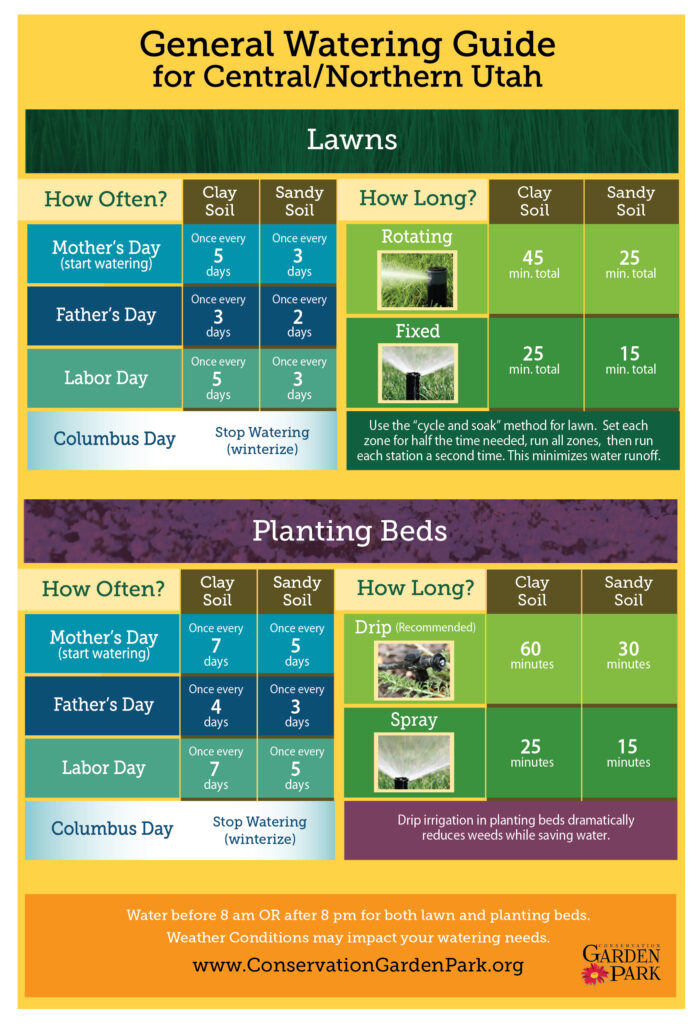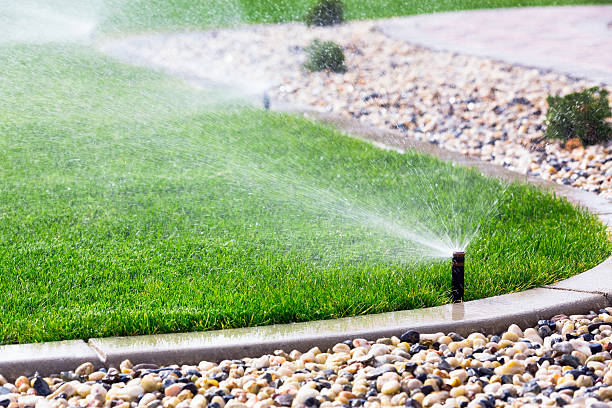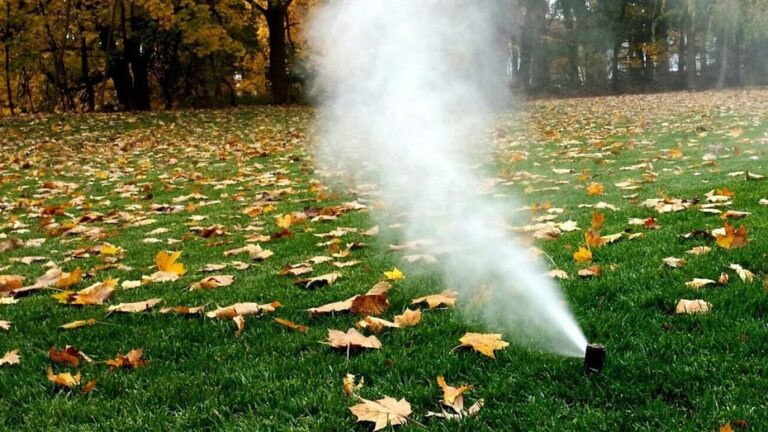The Essential Watering Guide: How Often to Water Your Lawn in Utah County
Understanding Utah County’s Climate
Utah County boasts a semi-arid climate, characterized by hot, dry summers and cold winters. These conditions present challenges for maintaining a healthy lawn, as the limited precipitation and high temperatures can quickly lead to drought stress. Additionally, the region’s elevation and proximity to mountain ranges contribute to temperature fluctuations and seasonal weather variability.
Factors Influencing Watering Frequency
Several factors influence how often you should water your lawn in Utah County:
1. Grass Type
The type of grass in your lawn plays a significant role in determining watering frequency. Common grass types in Utah County include Kentucky bluegrass, fine fescue, perennial ryegrass, and tall fescue. Each grass variety has different water requirements, with some being more drought-tolerant than others.
2. Soil Type
Soil composition affects water retention and drainage. Utah County soils range from sandy to clayey, with variations in water-holding capacity. Sandy soils drain quickly and may require more frequent watering, while clayey soils retain moisture for longer periods but can become waterlogged if overwatered.
3. Seasonal Weather Patterns
Utah County experiences distinct seasons, with hot, dry summers and cold winters. During the summer months, increased temperatures and evaporation rates necessitate more frequent watering to prevent dehydration and heat stress in grass. In contrast, cooler temperatures and reduced evaporation in winter may allow for less frequent watering.
4. Irrigation System
The efficiency and effectiveness of your irrigation system influence watering frequency. Modern irrigation technologies, such as drip irrigation and smart controllers, provide precise water delivery based on environmental conditions, minimizing water waste and optimizing lawn health.
Establishing a Watering Schedule
To maintain a healthy lawn in Utah County, follow these guidelines for establishing a watering schedule:
1. Determine Grass Water Needs
Understand the specific water requirements of your grass type. Kentucky bluegrass, for example, typically requires 1 to 1.5 inches of water per week during the growing season, while fine fescue may require less frequent watering.
2. Consider Soil Moisture Levels
Monitor soil moisture regularly to prevent overwatering or underwatering. Use a soil moisture meter or conduct a simple finger test to assess soil moisture levels. Water when the top inch of soil feels dry, but avoid watering if the soil is still moist.
3. Practice Deep Watering
Encourage deep root growth by watering deeply and infrequently. Apply water slowly to allow for penetration into the soil and promote root development. Watering to a depth of 6 to 8 inches encourages roots to reach deeper for moisture, increasing drought tolerance.
4. Adjust for Seasonal Variations
Adapt your watering schedule to account for seasonal weather changes. Increase watering frequency during hot, dry periods and reduce watering during cooler, wetter seasons. Monitor weather forecasts and adjust irrigation accordingly to avoid under or overwatering.
5. Time Watering Wisely
Water during the early morning hours, preferably between 4 am and 10 am, to minimize water loss from evaporation and wind drift. Avoid watering during the hottest part of the day to prevent water waste and minimize stress on grass.
6. Incorporate Rainfall into Schedule
Take advantage of natural rainfall to supplement irrigation. Monitor rainfall amounts and adjust your watering schedule accordingly. Install a rain sensor or use weather-based irrigation controllers to automatically adjust watering times based on rainfall data.
7. Avoid Overwatering
Overwatering can lead to shallow root systems, water runoff, and increased susceptibility to disease and pests. Allow the soil to dry out slightly between watering sessions to promote deeper root growth and prevent waterlogged conditions.
Conclusion
Maintaining a thriving lawn in Utah County requires careful attention to watering practices tailored to the region’s climate and environmental conditions. By understanding the water needs of your grass, monitoring soil moisture levels, and adjusting watering schedules accordingly, you can ensure a healthy and vibrant lawn year-round. With proper watering techniques and efficient irrigation practices, you can enjoy the beauty of a green lawn while conserving water resources and minimizing environmental impact.
Here’s a simple graph courtesy of conservationgardenpark.com▼





